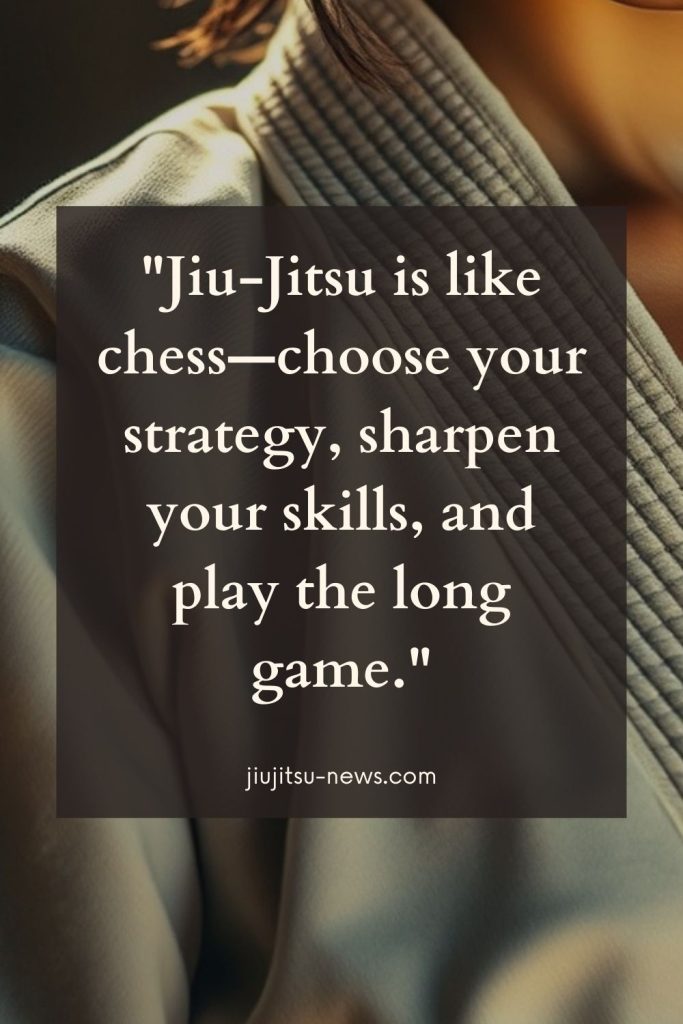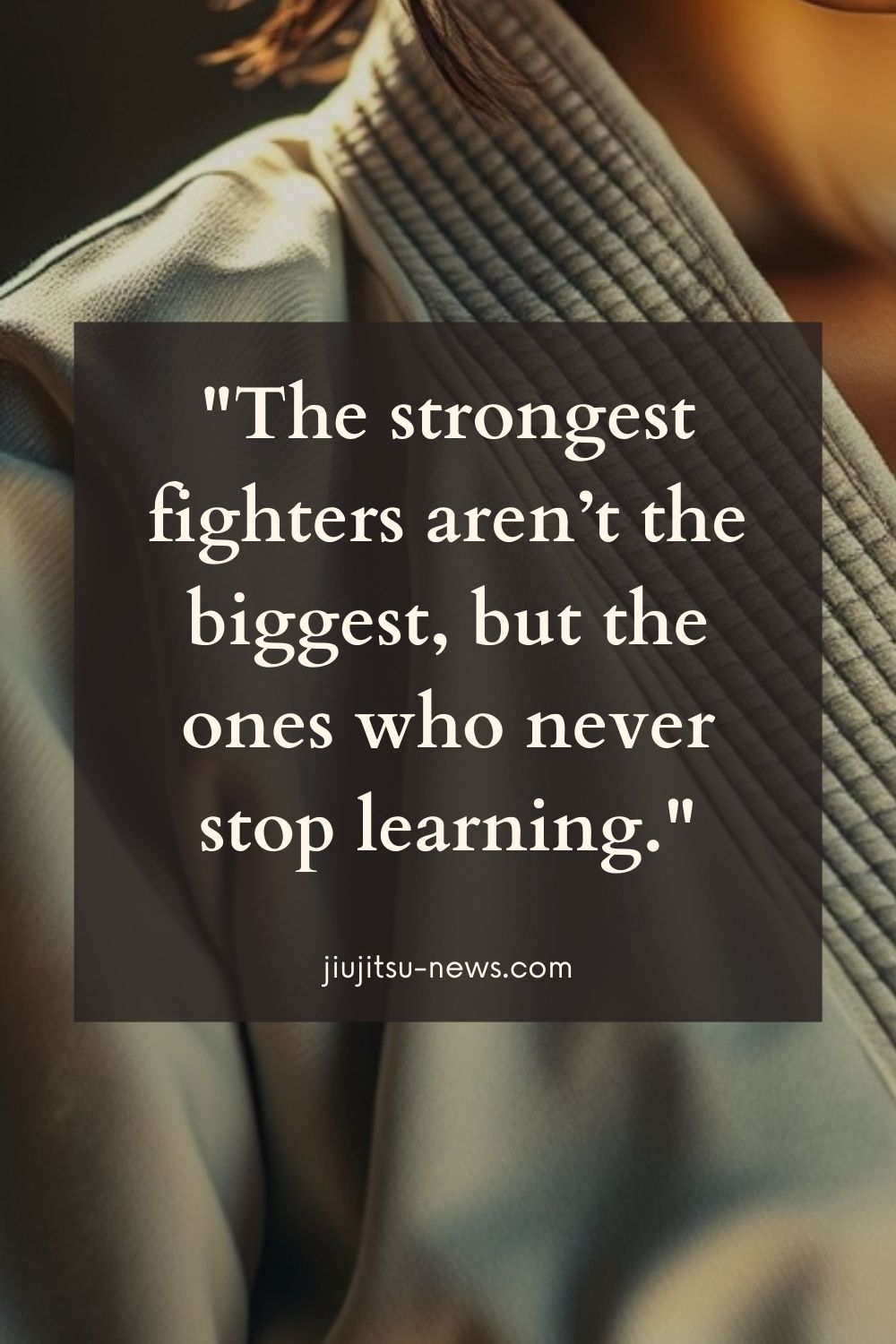Considering beginning Jiu-Jitsu but not knowing where to start? This guide will walk you through all you need to know to start your confident training path.
Brazilian Jiu-Jitsu (BJJ) is a strong grappling-based martial art that combines aspects of judo and wrestling. Choosing to train is only the beginning; now let’s ensure you start the correct path.
Why Train in Jiu-Jitsu?

Jiu-Jitsu is a combination of strategy, fitness, and self-defense—not only a martial art. Originally from Japan and polished in Brazil, Jiu-Jitsu is open to everyone since it stresses technique and leverage over pure power.
Jiu-Jitsu teaches how to use intelligence and skill to calmly handle a situation, not only how to fight.
Unlike striking-based martial arts, it lets smaller people use technique and posture to defend themselves against bigger adversaries.
One of the most useful martial arts to learn is Jiu-Jitsu since it shows great performance in MMA and self-defense environments.
BJJ provides major fitness advantages as well. Training increases flexibility, functional strength, and cardiovascular health, as well as builds.
Jiu-Jitsu offers a fun but efficient approach to keeping in shape since it keeps you involved both physically and psychologically, unlike regular gym sessions.
The Mindset of a Jiu-Jitsu Beginner

Embracing the Journey
Though every expert was once a novice, starting Jiu-Jitsu can be scary. The secret is to really enjoy the process.
Unlike other sports, learning and adaptation define Jiu-Jitsu’s development rather than only strength or speed.
Though you should expect challenges, see them as stepping stones rather than roadblocks. You will grow more comfortable the more training you do.
Overcoming Fear and Self-Doubt
Stepping onto the mat for the first time can be overwhelming. You could feel inadequate among more experienced practitioners or worry about your degree of fitness. Recall that everyone began somewhere.
The best approach to getting over fear is by means of action; simply keep showing up. You will grow confident with time and understand that regularity—not perfection—is what drives change.
Setting Realistic Goals
Set modest, reasonable goals instead of trying to become proficient in Jiu-Jitsu overnight.
Whether your objectives are three times a week attendance in class, technique improvement, or just surviving a sparring session, each one drives you.
Though Jiu-Jitsu develops gradually, with persistence and patience, you will see changes both on and off the mat.
Getting Started in Jiu-Jitsu Training

Finding the Right School
Selecting the proper gym is absolutely vital. Search for a location with a friendly community, qualified teachers, and a positive vibe.
See where you feel most at ease by visiting several colleges and enrolling in trial courses.
Your learning experience will be much different depending on supportive surroundings.
What to Expect in Your First Class

Warm-ups will probably start your first class; then, technique drills will follow, and sparring will finish it. On day one, you need not know everything; instead, concentrate on learning and having fun.
Though you will be tested, your teachers and colleagues should help you.
Essential Gear and Equipment
- Choosing Your Gi: Your GI should fit rather nicely—not too tight but not too free. Search for one fashioned from robust fabric with free movement capability. Check with your instructor before buying; some gyms have policies on GI colors.
- No-Gi Options (Rash Guards and Shorts): If you train in no-gi classes, you really should have a rash guard and grappling shorts. These improve training movement and help to avoid skin irritation.
- Other Necessary Equipment: Your teeth are protected by a mouthguard; knee pads support joints. A strong gym bag keeps your stuff orderly. Additionally, improving your performance and recovery means keeping you hydrated and fueled with the proper diet.
Basic Techniques for Beginners
- Fundamental Positions: Jiu-Jitsu builds on learning guard, mount, and side control. Every posture presents both offensive and defensive possibilities; learning them will help you to move between techniques smoothly.
- Essential Movements and Drills: Bridges increase mobility and defense; hip escapes and technical stand-ups strengthen technical ability. Regular drilling of these motions develops muscle memory and reflexes; hence, they become second nature in sparring.
- Submissions and Escapes: Learning escapes guarantees you can defend against an opponent’s attacks and recover control in a match. Submissions like the armbar and triangle choke teach control and precision.
Building Your Fitness Foundation
- Strength Training for Jiu-Jitsu: On the mat, combine functional exercises including deadlifts, squats, and kettlebell swings to improve strength and endurance.
- Flexibility and Mobility Exercises: Yoga and stretching help to improve flexibility, lowering the risk of injury and raising the range of motion for optimum performance.
- Cardio Conditioning for Rollers: Drills including sprawls and bridging increase endurance, so ensure you can keep energy levels during extended sparring sessions. Interval training helps also.
Nutrition for Performance
- Fueling Your Body: Eating well-balanced meals with protein, good fats, and carbohydrates maximizes training energy levels.
- Hydration and Recovery: Maintaining hydration and including enough rest guarantees that your body heals properly between sessions.
Staying Motivated
- Tracking Your Progress: Record videos or keep a training notebook to track development. Little victories like using a technique correctly maintain drive.
- Dealing with Plateaus: Anticipate slowdowns right now. When they occur, modify your instruction, pay close attention to areas of weakness, and consult teachers for direction.
Final thoughts: The Road Ahead
A Jiu-Jitsu Continuum Journey! Jiu-Jitsu is an activity one should do for a lifetime. Open your mind, create fresh objectives, and relish the educational process.
By refining your approach and staying committed, Jiu-Jitsu will become more than just a workout—it will be a way of life.










